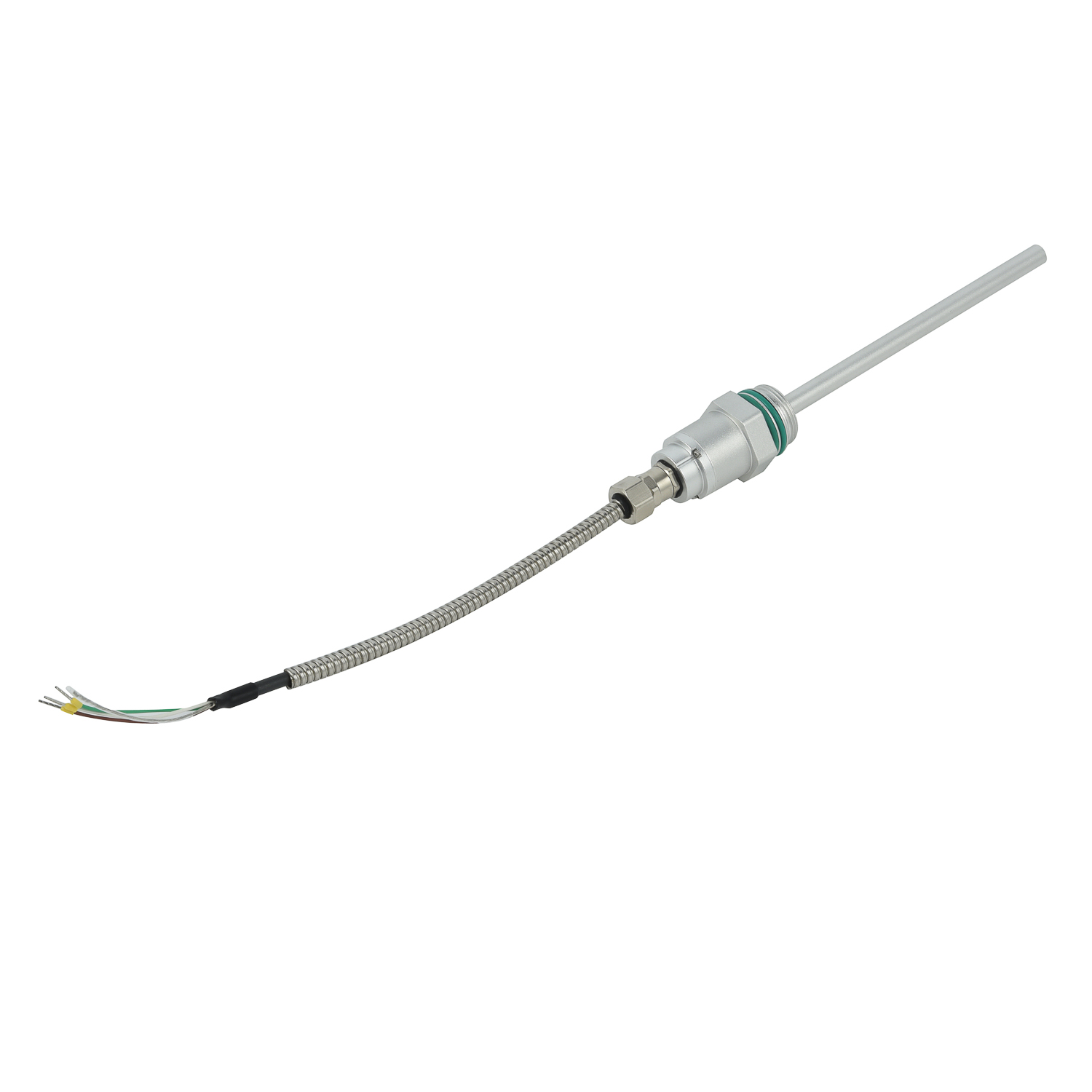What are the applications of magnetostrictive sensors in hydraulic cylinders?
In the realm of industrial automation and fluid power systems, precision measurement and control are paramount. Magnetostrictive sensors have emerged as a transformative technology within hydraulic cylinders, providing unparalleled accuracy in position and velocity feedback. These non-contact sensors operate on the principle of magnetostriction—where a ferromagnetic material changes shape when exposed to a magnetic field—enabling real-time data acquisition without physical contact with moving components. Their robust design withstands extreme pressures, temperatures, and contaminants, making them ideal for harsh industrial environments ranging from manufacturing presses to mobile heavy equipment.
At the core of hydraulic cylinder operation, magnetostrictive sensors deliver critical position and displacement feedback with micron-level precision. By integrating a sensing rod within the cylinder barrel and a permanent magnet mounted on the piston, these sensors generate torsional stress waves that precisely calculate the piston's position. This continuous feedback enables closed-loop control systems to maintain exact cylinder extension and retraction, eliminating mechanical lag and reducing energy waste. Applications in injection molding machines, steel mills, and aerospace actuators rely on this accuracy to ensure consistent force application and movement synchronization across multiple cylinders.

Beyond basic positioning, these sensors facilitate sophisticated force and pressure monitoring within hydraulic systems. Since hydraulic force correlates directly with fluid pressure, magnetostrictive sensors can infer load conditions by monitoring piston position changes under pressure. This capability allows predictive maintenance systems to detect seal wear, fluid contamination, or pressure leaks before they cause catastrophic failures. In industrial presses and construction equipment, this real-time force monitoring prevents overload conditions and ensures operational safety while optimizing performance through adaptive control algorithms.
The implementation of magnetostrictive sensors significantly enhances diagnostic capabilities and predictive maintenance strategies. By continuously tracking cylinder performance metrics—including movement patterns, cycle times, and pressure signatures—these sensors identify abnormal behaviors indicative of impending failures. Maintenance teams receive automated alerts for issues like internal leakage, rod misalignment, or fluid viscosity changes, enabling repairs during planned downtime. This proactive approach reduces unplanned outages by up to 45% in manufacturing plants and extends cylinder service life through condition-based maintenance rather than fixed schedules.
Modern industrial automation increasingly leverages magnetostrictive sensors for integrated system control and Industry 4.0 connectivity. These sensors output standardized analog or digital signals compatible with PLCs, IoT platforms, and cloud-based monitoring systems. In smart factories, hydraulic cylinders equipped with magnetostrictive technology contribute to digital twins—virtual replicas of physical systems that enable simulation and optimization. The data collected supports AI-driven predictive analytics, allowing systems to self-adjust for optimal efficiency and autonomously coordinate with other machinery in production lines.
As industries pursue greater precision and connectivity, magnetostrictive sensors continue evolving with multi-parameter sensing capabilities. Future developments include integrated temperature compensation, wireless connectivity, and enhanced cybersecurity features for critical infrastructure applications. These advancements will further solidify the role of magnetostrictive technology in emerging fields like renewable energy systems, where hydraulic cylinders control turbine blade pitch, and in electric mobile machinery transitioning from pure hydraulic to electro-hydraulic architectures. The ongoing innovation ensures these sensors remain at the forefront of industrial measurement and control solutions.
 UpgradingYourLevelMeasurementS
UpgradingYourLevelMeasurementS
 Why are magnetostrictive level
Why are magnetostrictive level
 ComparingMagnetostrictiveandRa
ComparingMagnetostrictiveandRa
 MagnetostrictiveLevelSensorfor
MagnetostrictiveLevelSensorfor
